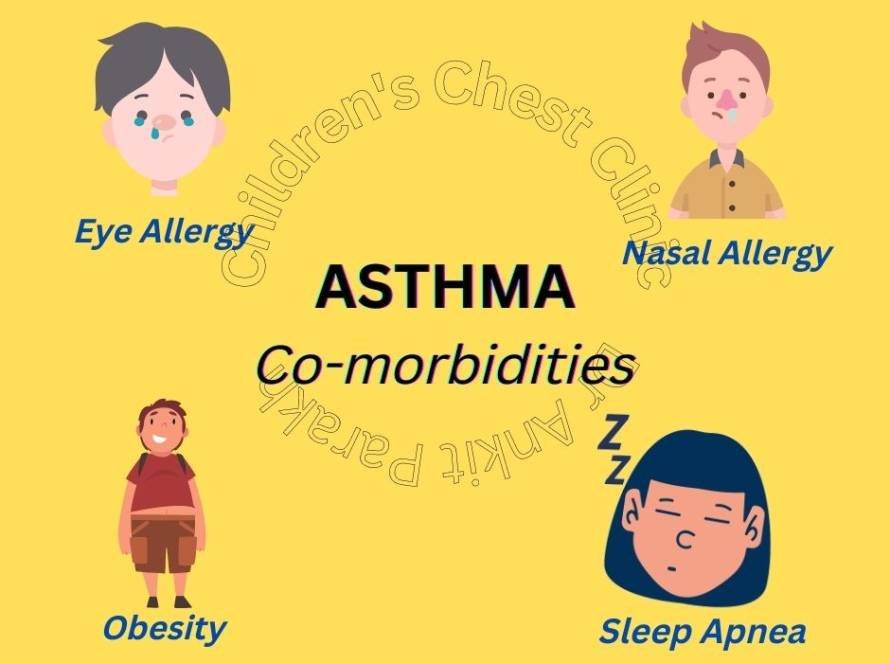Indoor allergens are the most important cause of respiratory allergies like asthma, nasal allergy and eye allergy. Most common indoor aeroallergens are house dust mites, pet dander, moulds and cockroaches. Of these indoor allergens dust mites appear to be the number one enemy. These microscopic pests can spark an allergy attack and make allergy and asthma symptoms worse in many people. Allergy to dust mites is a year around problem.
What are dust mites?
Dust mites are tiny pests which cannot be seen with our naked eyes. They can be house dust mites (dermatophagoides pteronyssinus & dermatophagoides farinae) or storage mites (blomia tropicalis). Both of these dust mite types are known to cause allergy symptoms in humans. Dust mites feed on dead skin flakes shed by humans. Contrary to the usual belief dust mites don’t bite. The allergic response occurs secondary to proteins in the dust mites faeces. Dust mites thrive best in a hot and humid climate.

Where do dust mites live in our homes?
Our homes are a sanctuary for house dust mites. Dust mites can be found anywhere across our homes but more in the following spots like mattresses, bedding, upholstered furniture, carpets and curtains.
What are the measures which are useful in reducing dust mites?
Although it is impossible to get rid of dust mites completely, some steps are recommended to reduce their numbers at our homes. In addition there is no strong evidence that reducing dust mites at home will reduce symptoms of allergies (and asthma). The following steps can be helpful. Since dust mites come back again, regularly following these steps are important.:
- Wash all bedding once a week in hot water (130-150 F) and sundry
- Remove fabric curtains in bedrooms and replace blinds with roll-down shades or washable curtains.
- Remove upholstered furniture
- Cover mattress and pillows in dust-proof or allergen-impermeable covers.
- Put mattresses to sun once a week
- Replace wall-to-wall carpeting with bare floors.
- Use a dehumidifier or air conditioner to maintain humidity levels at or below 50%.
- Use a damp mopping of floors (hardwood, tiles etc) once a day is recommended
Vacuum the carpets and cloth-covered furniture weekly to remove dust mites. Use a double-layered microfilter bag or a HEPA filter in the vacuum cleaner.
What are the options available if allergy symptoms persist despite the above measures to reduce dust mites?
People with dust mite allergy can remain symptomatic even after the above mentioned measures as eradicating dust mites is next to impossible. Medicines can be very helful in short term management of allergies like asthma, nasal and eye allergies. For long term management “Sublingual Immunotherapy” or “Allergy Drops” to house dust mites is quite effective. Allergy drops expose the child to tiny amounts of dust mite proteins, building up the exposure over time, leading to tolerance.
If your child is having any symptoms of dust mite allergy like nasal allergies, eye allergies, atopic eczema or asthma do get in touch with a pediatric allergist to have a proper diagnosis and appropriate treatment.






